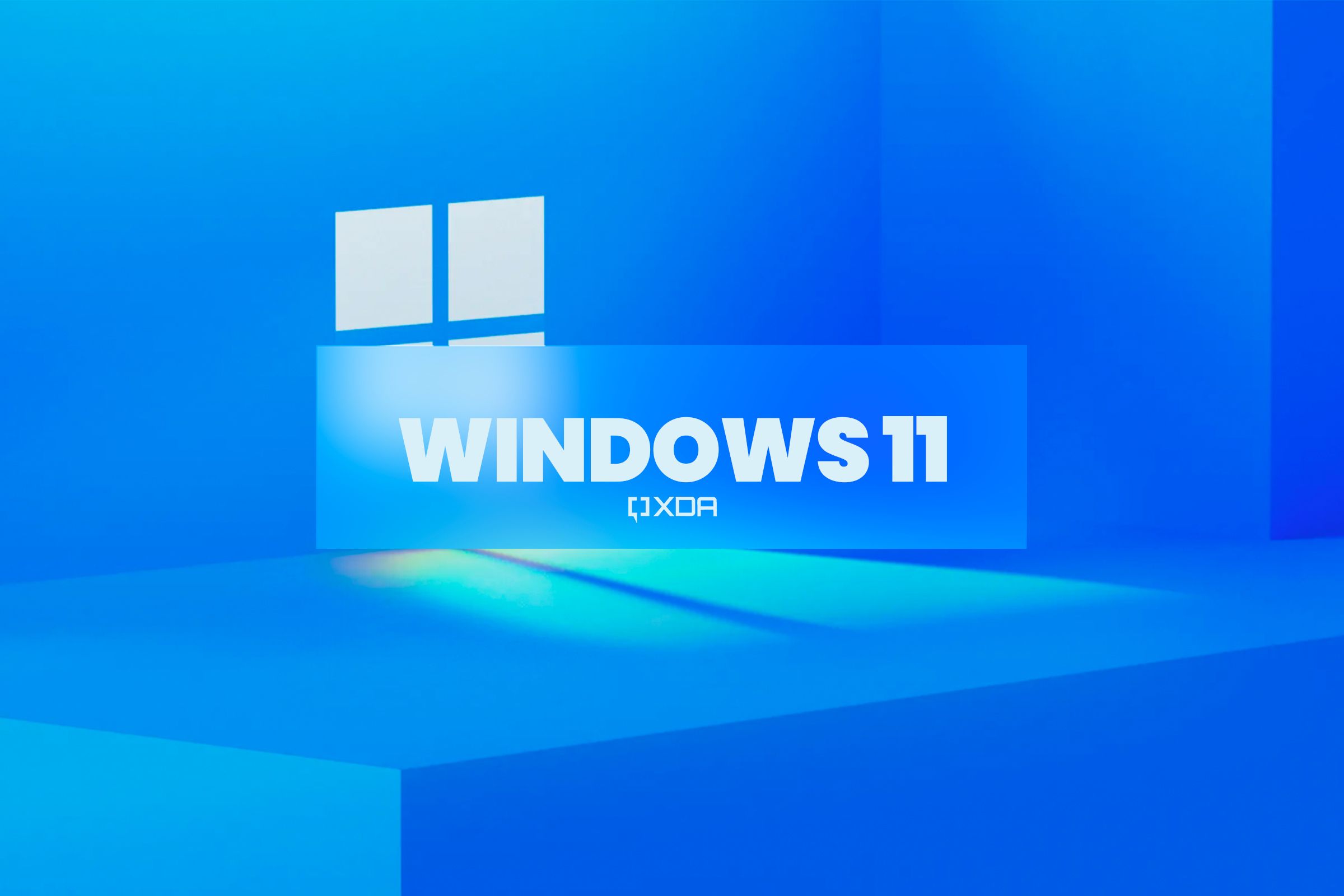Microsoft will soon be making a few tweaks to app defaults mechanisms, as well as app pinning in Windows 11 so that these are both clearer and more concise. The changes will be coming first to Windows Insiders in a Windows 11 Dev Channel release in the coming months.
There are two specific changes that Microsoft is announcing today. With the first, for a more consistent experience across all the Windows apps you use, Microsoft is working on a commonly supported way for application developers to make their specific app the default app on Windows, or even pin the app to the taskbar. The second change is Microsoft ensuring that its own apps will support these same new methods, and essentially not bypass them.
So, how will you end up seeing these changes when they're ready to be rolled out? Well, with the first part with app defaults, Microsoft is introducing a new Settings deep link URI which it says can take users right to the spot in the settings app to help you swap out the defaults. You should see this page if a specific app calls to change defaults, even in Microsoft apps like Microsoft Edge.
With app pinning, Microsoft is working on a new API that will allow apps to pin both primary and secondary tiles to the Taskbar. With the API, you'll get a notification that the app is requesting to be pinned, and will also see an Accept or Decline prompt. Previews of both experiences can be seen below, though the pinning confirmation is just a concept and isn't final yet, according to Microsoft.
Microsoft was pretty clear that these changes are coming as a way to "deliver the trust, safety, and security that customers look to Windows to provide". The company went on to mention that the changes should also reduce unrequested modifications to Windows itself, likely referring to adware and bloatware apps.
You might remember that Microsoft faced heavy criticism for its app defaults practices last year from Mozilla, and other technology giants when it was discovered that Windows made it harder to switch Microsoft Edge away from the default web browser. Hinting at that saga, Microsoft mentioned that it's now time to "lead by example," even pointing out that an incoming Microsoft Edge update will adopt these new changes.
Source: Microsoft

